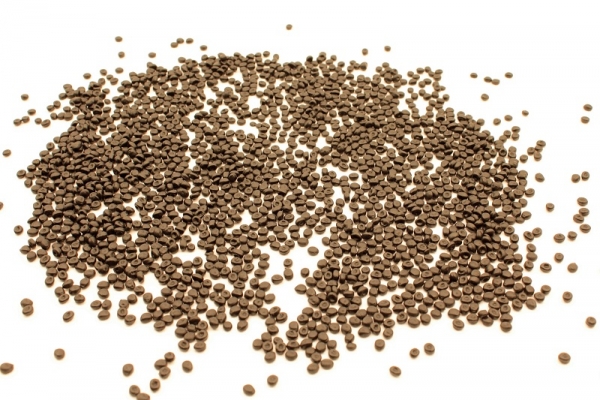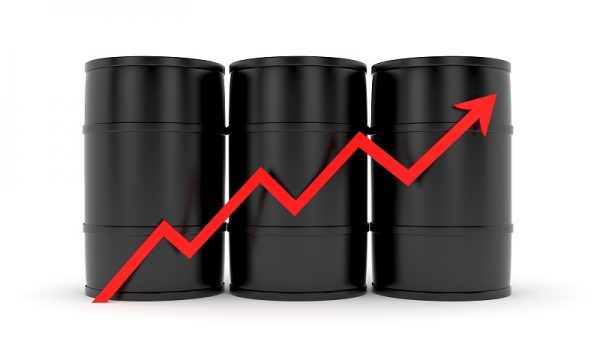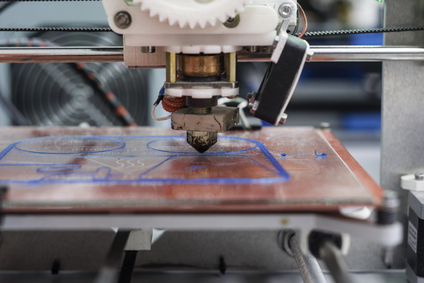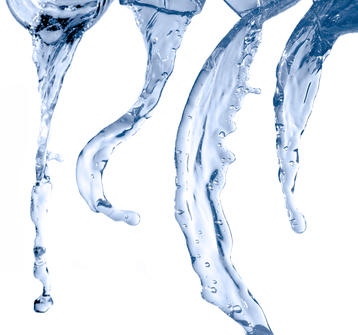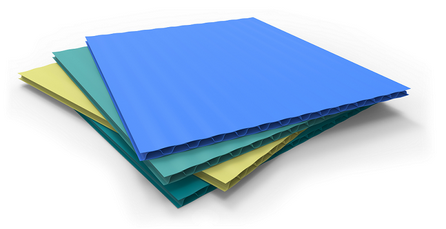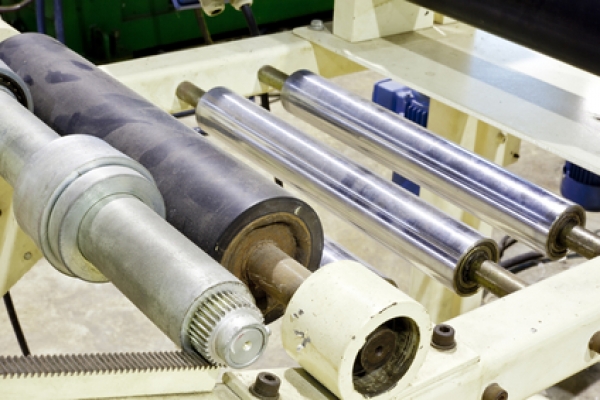
Thermoplastic Injection Molding – An Engineer’s Guide
High quality products manufactured with great accuracy, quickly and in large numbers – Thermoplastic injection molding is definitely one of the most popular manufacturing methods. The use of thermoplastic materials has seen an upsurge due to the growing demands of manufacturing quality plastic products for diverse industries.
Thermoplastic, made from polymer resins becomes a homogenized liquid when heated and gets hardened when cooled. The materials used for Injection molding process brings in its own unique features while guaranteeing best performance. Apart from thermoplastic polymers, one can also use thermosetting plastic or Elastomer which provides equally great results with Injection molding.
Advanced injection molding techniques and molds have offered better prospects, reduced costs and better appearance of the end product. There are different types of thermoplastic materials which are used in the molding process like
-
ABS
– With high impact strength, scratch resistance and durability Acrylonitrile Butadiene Styrene is in great demand for a wide range of applications. ABS is mostly used by the automobile industry for manufacturing radiator grilles, instrument panels, wheel covers and mirror housings. There are several consumer electronic goods like laundry irons, hair dryers, vacuum cleaners and many more which are manufacturing by thermoplastic injection molding process.
-
Polypropylene
– This type of thermoplastic is generally preferred in industries where one needs high flexibility, lightness, great shape and longevity. Mostly used in the manufacturing and packaging industry because of its good chemical resistance and attractive shape, Polypropylene is used for manufacturing washing machine drums, automotive parts, plumbing equipment etc.
-
Acrylic
– The hardness of Polymethyl Methacrylate is comparable to Aluminum and it finds great use in the manufacture of lenses, control panels etc. Last few years have seen a growing demand for thermoplastic injection molding manufacturing process.
-
Polyethylene
– The high density material exhibits diverse characteristics like chemical resistance, high heat distortion temperature and stiffness making it ideal for manufacturing fuel tanks, refrigerator containers, food storage boxes etc.
-
Polystyrene
– Characterized by high gloss, transparency and high strength, this type of thermoplastic polymer is used for manufacturing products of diverse colors. Ideal for use in packaging and toys industries due to its crystal clear quality. There is a higher impact variety of the same material which is used in the manufacture of toilet seats, refrigerator linings etc.
The thermoplastic injection molding process starts with the addition of pellets to a hopper. Thereafter, the material is passed through a heated barrel where the rotation of the screw initiates a shearing action causing the pellets to melt. The molten plastic is then pushed through the barrel towards the mold. The material is pushed at high pressure such that the mold cavities are completely filled. Once the cooling cycle ends, the mold is opened to release the molded parts manufactured by thermoplastic injection molding process.
There are few subcategories under injection molding process which includes mold labeling, foamed injection molding or gas assisted injection molding etc. Mass production without compromising on quality and price makes thermoplastic injection molding one of the most sought after engineering process of large scale manufacturing. It is important to understand that each of the thermoplastic processing technique is unique and can be tailored to suit your requirements. There are various diverse industries which benefits from the myriad advantages offered by thermoplastic injection molding process like Aerospace industry, Toy manufacturing, Household goods manufacturing, construction and many more.

